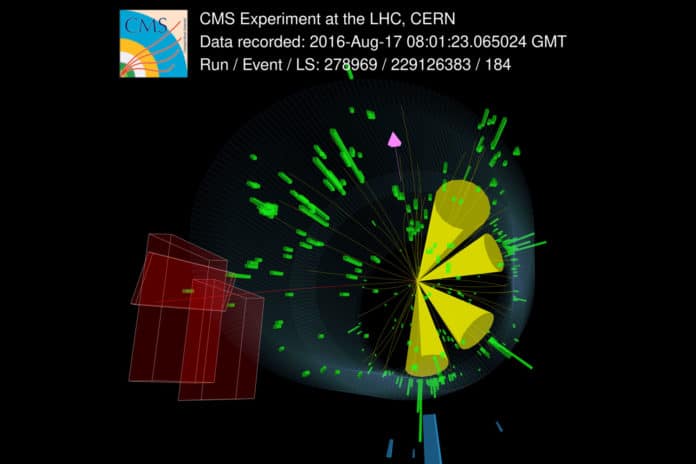Understanding our world at the smallest scale necessitates a detailed understanding of the top-quark mass. Knowing as much as possible about this heaviest elementary particle is critical because it allows testing of the internal consistency of the Standard Model, which is a mathematical description of all elementary particles.
The Standard Model, for example, can predict the top-quark mass if the masses of the W and Higgs bosons are known precisely. The W-boson mass can also be calculated using the top-quark and Higgs-boson masses. Surprisingly, despite significant advances, the theoretical-physics definition of mass, which involves the effect of quantum-physics corrections, remains elusive.
The CMS collaboration at the Large Hadron Collider (LHC) has performed the most accurate ever measurement of the mass of the top quark. The result estimates the value of the top-quark mass with an accuracy of about 0.22%.
Using data from proton-proton LHC collisions gathered by the CMS detector in 2016, the CMS team identified five different attributes of collision events in which a pair of top quarks are created, rather than the up to three qualities that had previously been measured in earlier analyses. The top-quark mass affects these qualities.
The team also performed an exact calibration of the CMS data. This offers a detailed understanding on the remaining experimental and theoretical uncertainties and their interdependencies.
Using this method, scientists could withdraw all of these uncertainties during the mathematical fit that determines the final value of the top-quark mass. This meant that some of the uncertainties could be estimated much more accurately.
The result, 171.77±0.38 GeV, is consistent with the previous measurements and the prediction from the Standard Model.
More Information:
- CMS Physics Analysis Summary “A profile likelihood approach to measure the top quark mass in the lepton+jets channel at √s= 13 TeV“
